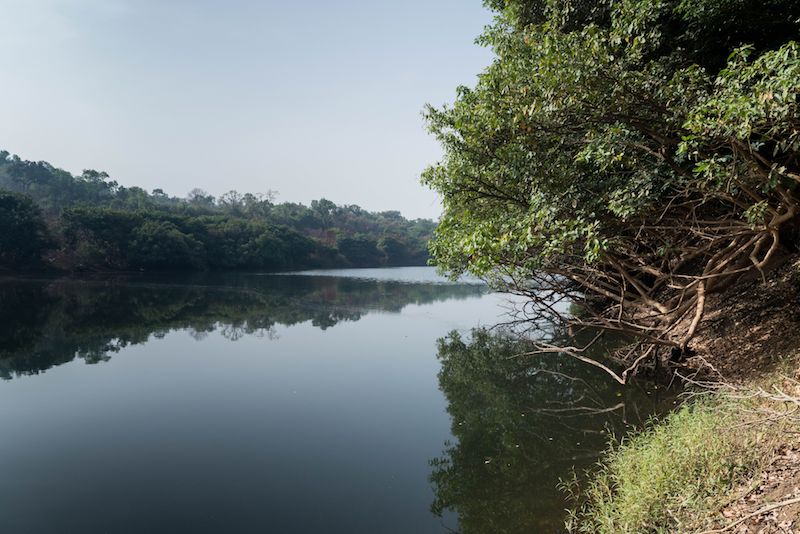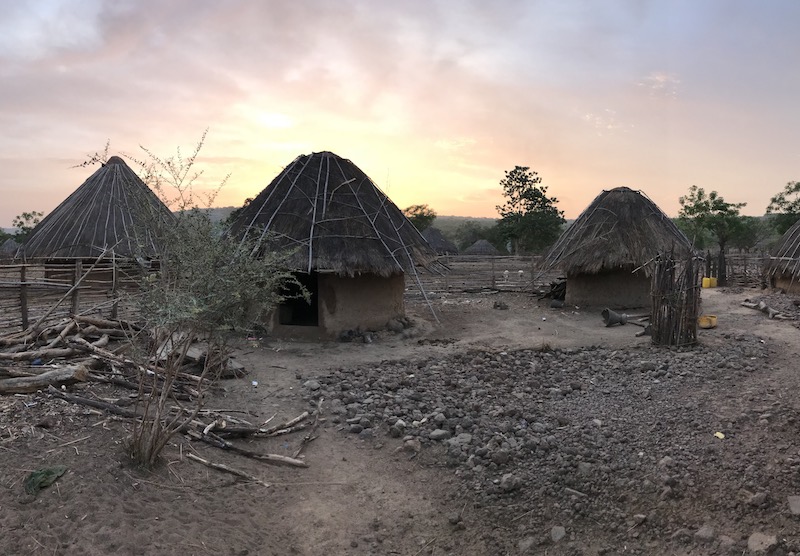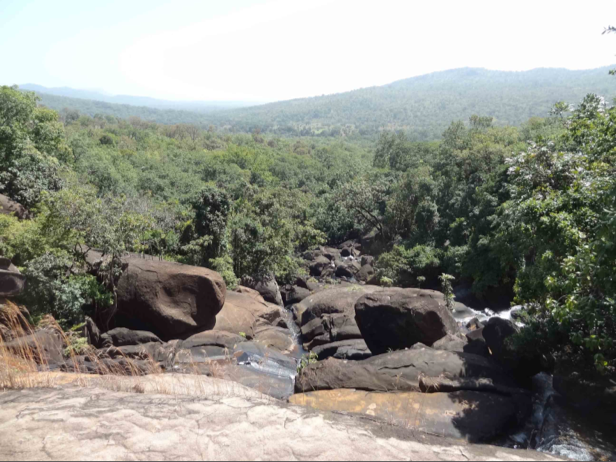If constructed, the proposed Koukoutamba Dam on Guinea’s Bafing River would provide very little electricity at huge expense, displacing thousands of people and destroying protected habitat for endangered chimpanzees. Solar power, on the other hand, could provide the same amount of electricity at a fraction of the cost – without harming communities or the environment.
“The Koukoutamba Dam will produce little power, most of which will be exported; it is impossible to justify the project’s extremely high economic, social and environmental cost.”
Ibrahima Kalil Bamba, Centre du Commerce International pour le Développement (CECIDE)

Background
Known as West Africa’s “water tower,” Guinea is home to the headwaters of a number of major rivers that sustain the region and its peoples. Since 2012 the government has sought to exploit its significant hydropower potential to address the country’s energy deficit. They initially found some enthusiastic backers: The World Bank heavily promoted the Koukoutamba Dam, but in 2018 it ultimately decided not to finance the dam’s construction once the extent of its negative impacts became clear. In 2019, Beijing-based Sinohydro signed an agreement to build the dam despite its severe impacts, expense and inefficiency.
Guinea would be better served harnessing solar power as a much cheaper and quicker-to-install solution to its energy woes. Solar would effectively complement Guinea’s existing hydropower by reducing power shortages during the dry season. A single 37.5 MW solar facility could replace all the power Koukoutamba is expected to provide to Guinea, at a fraction of the cost. In Togo, for instance, a 50 MW solar facility will cost $25 million, less than 5% of the cost of Koukoutamba.
Threats to the Bafing River and Communities
Guinea’s Souapiti Dam has already displaced some 16,000 people; these communities are struggling to find land, food and housing in the absence of adequate government compensation. An additional 8,700 people would lose their lands and livelihoods if Koukoutamba goes forward.
Koukoutamba would rank among the most expensive dams in the world for the amount of electricity it’s expected to generate. The electricity delivered would be twice as expensive as that generated by Guinea’s Souapiti Dam and more than four times as expensive as the Soubré Dam in neighboring Cote d’Ivoire.
Experts agree that Koukoutamba Dam will not generate anything near the 888 GWh per year promised. Based on models of incoming Bafing River flows, they estimate the dam would generate just 41% of that, and would operate at an astonishingly low 14% efficiency. Three-quarters of its power, moreover, is earmarked for export.
What’s At Stake
The endangered Western chimpanzee’s population has declined by 80% since 1995. Koukoutamba would be built inside the Moyen Bafing National Park, which was recently created to protect the world’s largest continuous population of Western chimpanzees. Conservationists estimate that the dam’s construction will kill many as 1,500 of the park’s 4,000 chimpanzees.
With the impending completion of the Souapiti Dam, Guinea will be able to meet its domestic energy demand for years to come, and even export excess power to its neighbors through the West African Power Pool. This $812 million Koukoutamba Dam project is simply not needed.
Quick Facts
- The hugely inefficient dam will produce very little electricity at great expense; a solar project could generate the same amount of power to Guinea at a fraction of the cost.
- Some 8,700 people face displacement and impoverishment if the dam goes forward.
- The proposed dam threatens the survival of at least 1,500 endangered Western chimpanzees in Moyen Bafing National Park.


